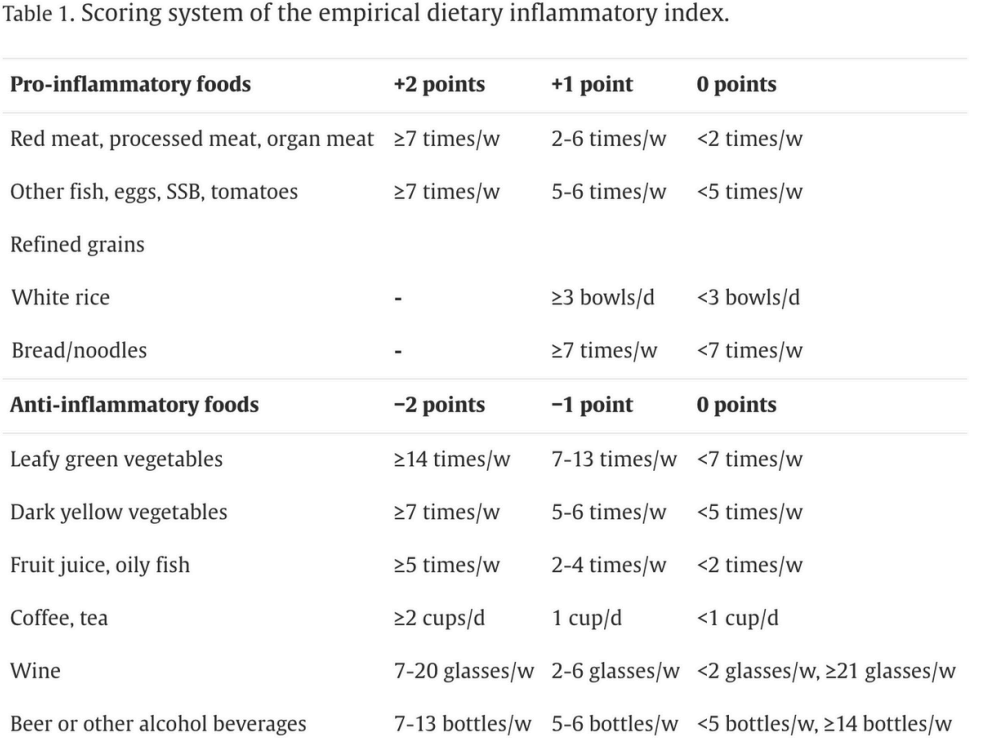What is Inflammaging?
Ageing is not only about the passage of time, it is also about what happens inside our cells. One key contributor to skin ageing is chronic, low-grade inflammation, a phenomenon known as inflammaging. First described in 2000, inflammaging refers to the slow, persistent inflammation that gradually damages cells and tissues, affecting both overall health and the visible appearance of the skin.
The Role of Cytokines
Cytokines are small proteins that act as messengers between cells. Some are anti-inflammatory, promoting repair and balance, while others are pro-inflammatory, causing cellular damage when present in excess. Important pro-inflammatory cytokines include interleukins (IL-1, IL-6, IL-12, IL-18, among others) and tumour necrosis factor alpha (TNF-α).
Excessive pro-inflammatory cytokines can lead to cell senescence, where cells become “zombie cells”, neither fully alive nor dead. These senescent cells release cytokines that harm surrounding cells, accelerating tissue deterioration.
Excessive pro-inflammatory cytokines can lead to cell senescence, where cells become “zombie cells”, neither fully alive nor dead. These senescent cells release cytokines that harm surrounding cells, accelerating tissue deterioration.
Inflammasomes: The Danger Sensors
Inflammasomes are protein complexes that detect stress and damage signals, such as oxidative stress or cellular dysfunction. When activated, they trigger the release of pro-inflammatory cytokines, setting off a cascade of inflammation. The NLRP3 inflammasome is particularly associated with age-related diseases, lifestyle-related chronic conditions and skin issues such as acne.
Whether an omega-6/omega-3 ratio of 3:1 to 4:1
could prevent the pathogenesis of many diseases
induced by today’s Western diets (AFSSA, 2010), a
target of 1:1 to 2:1 appears to be consistent with
studies on evolutionary aspects of diet,
neurodevelopment, and genetics.
OCL 2010
How Inflammation Affects the Skin
Chronic inflammation on the skin manifests as wrinkles, sagging, loss of elasticity and thinning. Pro-inflammatory cytokines recruit immune cells, such as neutrophils, which release enzymes like elastase. Together with matrix metalloproteinases (MMPs), these enzymes break down essential skin proteins, including collagen, elastin and hyaluronic acid, leading to visible signs of ageing.
Diet and Inflammaging
The Importance of Omega Fatty Acids Ratios
Plant-foods rich in omega-3

Arachidonic Acid (ARA)
The anti-inflammaging trifecta
The pro-inflammatory foods are red meats, processed meats, organ meats (i.e., liver, kidney, brain, heart), non-oily fish (i.e. white fish), eggs, sugar-sweetened beverages (i.e., soda), tomatoes, and refined grains (bread or pasta and white rice).

Phytochemicals That Combat Inflammation
Conclusion
References
Continue your professional learning.Explore the Skin Nutrition Science Glossary, a growing resource designed for practitioners in aesthetics, nutrition and wellness science.
Article by Star Khechara
Professional agehacker, author, speaker, founder of skin nutrition institute
About me
Ex-skincare formulator and beauty author turned skin-nutrition educator: Star distilled her 20+ years of skin-health knowledge into the world’s first international accredited skin-nutrition school to teach skin therapists, facialists, face yoga practitioners and estheticians how to help their clients feed the skin from within for cellular-level rejuvenation and vibrant beauty.
Empower your clients with science-based skincare.
Learn how nutritional interventions can slow functional skin ageing and restore dermal vitality.

